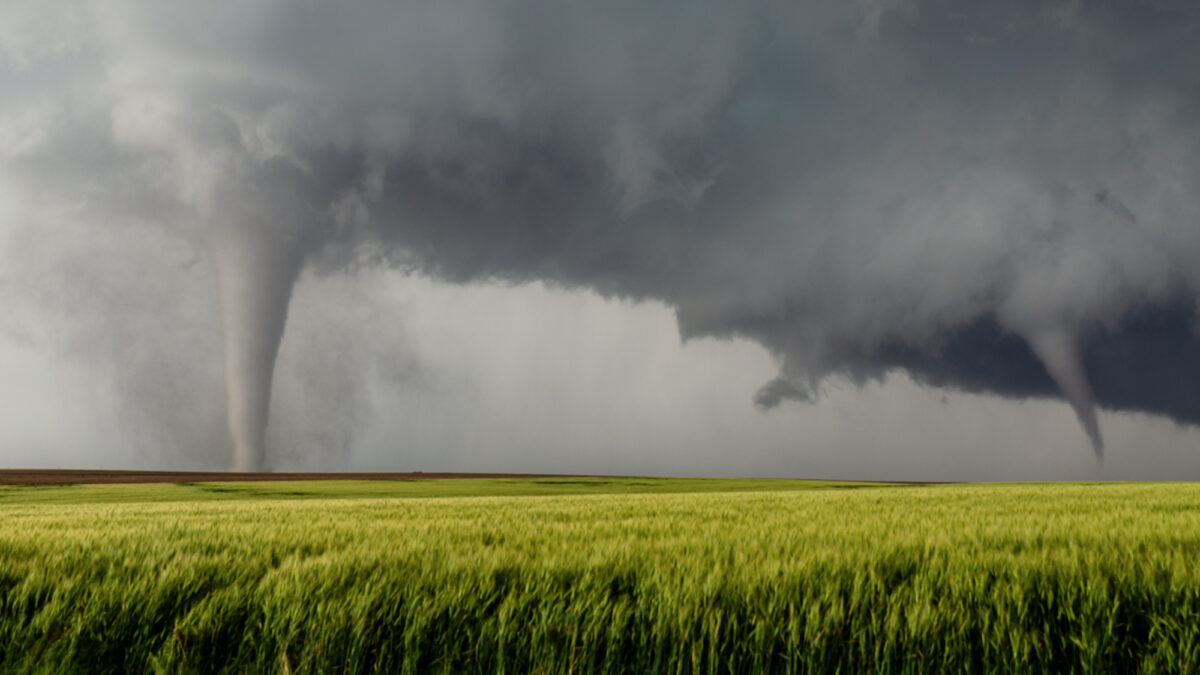Climate & Capital’s finance editor and farmer offers an early spring preview of crop production under new climate conditions.
Bulletin from the front lines of America’s agricultural heartland:
It’s planting time in the Heartland of the U.S., that time of year when Midwestern and Mid-Southern farmers “keep a weather eye open” for the unpredictable spring weather that affects operations. In an ideal “normal” weather year, spring rains to build up soil moisture are followed by dry days that allow tractors into the fields to plant crops, then subsequent rains are just enough to start the crops growing.
In Southeast Missouri farm country where I am part of a family agri-business, “normal” years are, and increasingly, a distant memory, as recent growing seasons have seen torrential spring rains followed by historic drought. So far this year, conditions more resemble “normal” than the past outliers.
What strikes me is that our farmer-partners describe this “normal” as unusual compared to the past few planting seasons, which have been problematic due to the torrential rains which caused extensive delays in getting crops in the ground. Each day of delay subtracts from the potential yield as crops have less time to reach full maturity.
Climate plays the key role in cultivating the 225 million acres of corn, wheat, and soybeans projected for this year’s U.S. grain crop. The estimated value of these products is $245 billion in crop cash receipts. Of course, aside from the money, there’s the issue of food security: these grains are for both livestock and human consumption.
Return of La Niña?
The big question is the current transition from an El Niño year to a possible La Niña. According to the National Oceanic and Atmospheric Administration, El Niño refers to the above-average sea-surface temperatures that periodically develop across the east-central equatorial Pacific. It represents the warm phase of the cycle, and La Niña refers to the periodic cooling of sea-surface temperatures across the east-central equatorial Pacific.
La Niña typically results in drought throughout the southern U.S. and an “extremely active” hurricane season. Drought means more costs for producers as crops require more irrigation to thrive; and that usually means more costs for the diesel fuel or electricity that powers the watering systems. The diesel price has risen recently by 20 cents a gallon, and electricity is “not getting cheaper,” as one local farmer told me.
More hurricanes mean a greater chance of shipping delays in the fall—prime harvest season when grain crops are sailed down the Mississippi River for export.
More hurricanes?
Hurricanes often affect traffic in the Gulf of Mexico and at the Port of New Orleans, the initial gateway for most American Heartland grain shipping. More hurricanes mean a greater chance of shipping delays in the fall—prime harvest season when grain crops are sailed down the Mississippi River for export. The Climate Adaptation Center in Florida is forecasting the 2024 hurricane season to feature 24 named storms, 12 hurricanes, and six major hurricanes. That’s a lot of potential disruption.
Tornadoes
In the Heartland, the most severe storm threat is tornadoes. Recent years have seen more frequent, more extreme tornado events. My local area was struck a few years ago with severe weather that damaged many of the pivot irrigation systems that keep crops watered during the summer growing season, a function even more important in the recent droughts. Each pivot system costs about $80,000; one of our partners had several destroyed. They are insured, yes, but the ensuing delays in replacing due to insurance paperwork, the supply availability of new systems, and installation schedule has added another, weather-driven impact on farming operations that are already intensive enough during the spring planting season until harvest time.
Looking forward to the big picture as it has developed over the past few years, the extreme droughts being caused by disruptive climate change could threaten wider, multiple grain-growing areas, causing “food shock” events. Those outcomes could result in spikes in food prices and trigger a global economic recession. And a rewrite of the Farmer’s Almanac.


